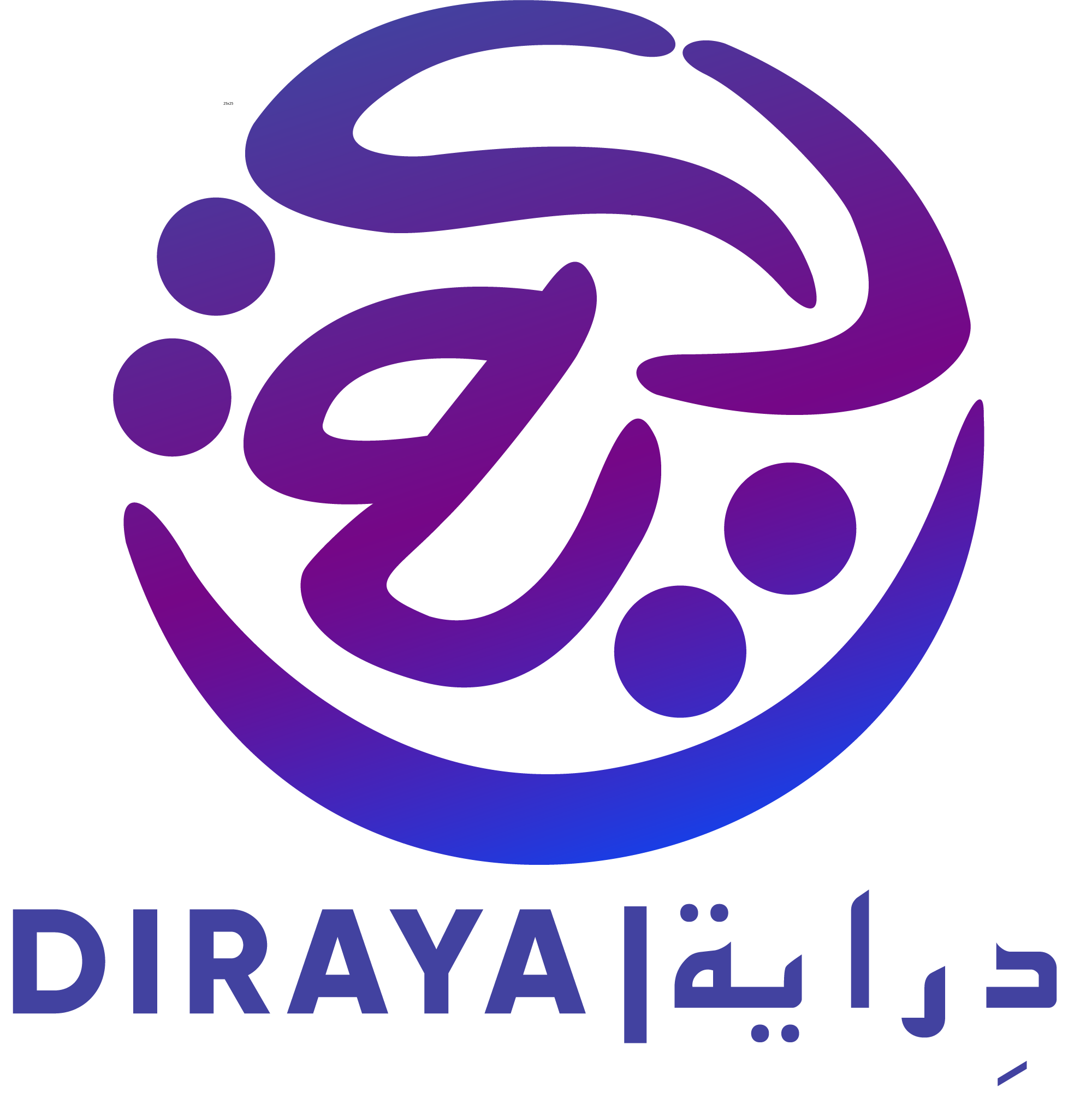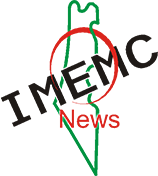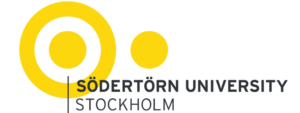“Pal Media Alert” was created in 2002 as a section on the website of the Palestinian Centre for Rapprochement between People (PCR). The objective was to share news from the Palestinian perspective with a global audience. In 2003, this project was developed into a separate website called the International Middle East Media Center (IMEMC).
Before launching the IMEMC, PCR wanted to understand the gap in coverage created by the international media. To do this, they investigated how international media working in Palestine accessed their information and how they presented the news that they published in their respective outlets. The data collected by the PCR showed that most international media (newspapers, satellite channels, etc.) have reporters in Jerusalem only and most do not send journalists to Palestinian villages and towns that face daily attacks by settlers and the Israeli army.
According to PCR’s research, international media outlets relied on information from the Government Press Office (GPO), which is an Israeli government agency. GPO sends daily media advisories to journalists by email, who then edit them in a way that fits their editorial policy and publish it.
According to George, “there are hundreds of resources that provide information. The problem now is not the information itself, rather the problem is how the information is presented to the public and this is what makes the whole difference.”
Ultimately, PCR’s research showed how the Israeli narrative was being distributed to the world and this is what prompted IMEMC to launch.



 George began working formally in the media in 2002. Before this, he started engaging in media activism as a citizen journalist in September 2000 during the
George began working formally in the media in 2002. Before this, he started engaging in media activism as a citizen journalist in September 2000 during the 




